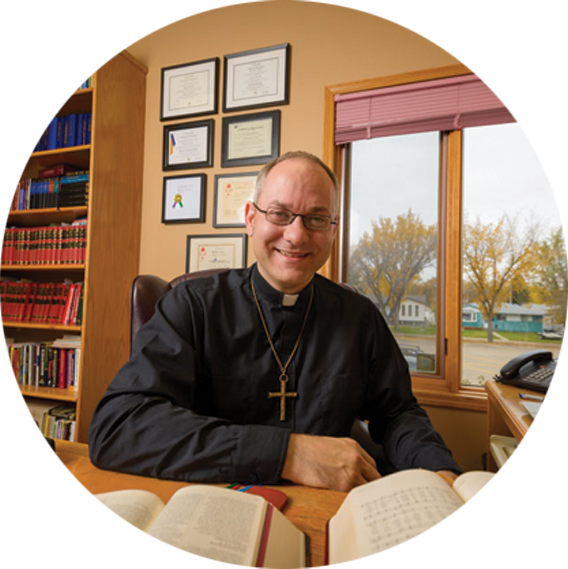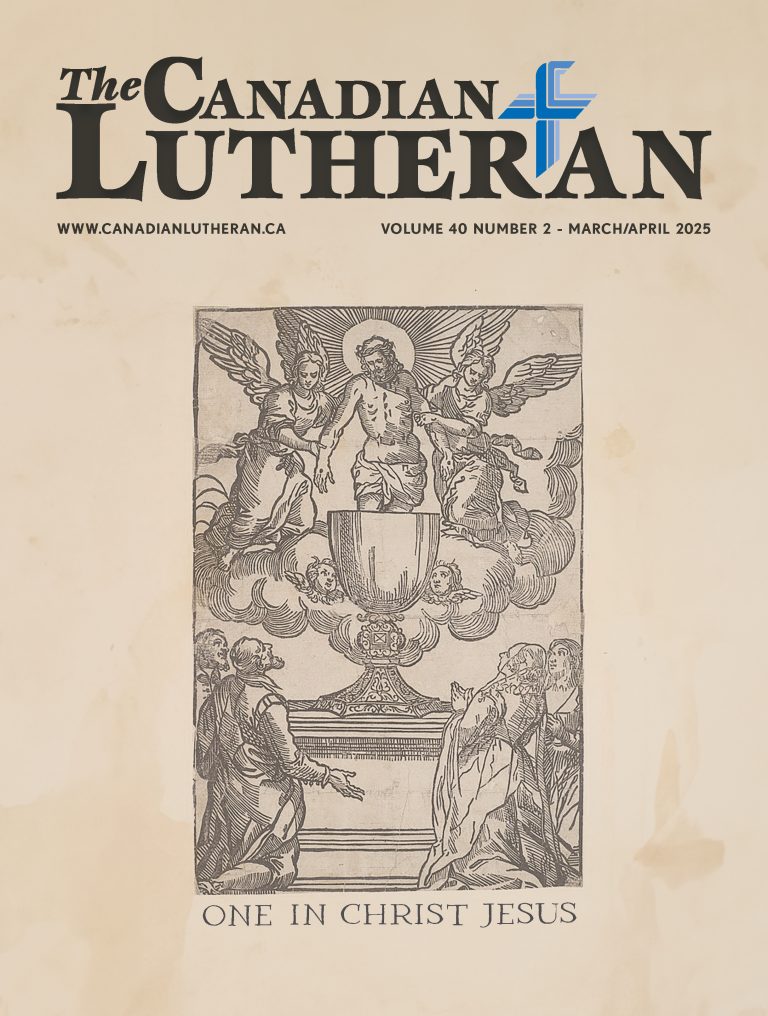In Review: Ghostbusters: Frozen Empire
 by Ted Giese
by Ted Giese
Ghostbusters: Frozen Empire picks up two years after Ghostbusters: Afterlife (the true sequel to the 1980s films, sidestepping the divisive 2016 reboot Ghostbusters: Answer the Call). The Spenglers have moved from the farm in rural Oklahoma and fully embraced ghostbusting.
As the new film begins, Egon’s granddaughter, Phoebe—who takes after her grandfather—is forbidden from being a Ghostbuster by the mayor of New York City following a costly ghostbusting fiasco. This should set up a satisfying character arc where she grows and matures into her future role as a valued member of the new Ghostbusters team. Sadly, this gets lost in the shuffle.
While mildly enjoyable, the film is lazily lackluster, opting for low hanging fruit and showing less creativity than Afterlife. The gluttonous Slimer ghost from the original film, for example, returns here with no explanation as to how or why; presumably, filmgoers aren’t supposed to think about this, merely be amused by the nostalgic reference. The same could be said for appearances by Bill Murray, Dan Aykroyd, Ernie Hudson, and Annie Potts from the original 1984 film. The characters of Peter Venkman, Ray Stantz, Winston Zeddemore, and Janine Melnitz don’t really have much to do and aren’t well-integrated into the overall plot. They sort of waltz in and out whenever the film needs a dose of nostalgia, mostly helping out as a marketing tool to generate public interest with older audiences. Of all the characters, Aykroyd’s Ray Stantz has the most to do—but even his role as a go-to expert on all things esoteric seems to be passing to NYC Library research librarian, Dr. Hubert Wartzki.
The large ensemble cast differs from the original films, where much of the charm arose from the chemistry of a small ensemble of core characters. Some characters—like Phoebe’s friend Podcast and Trevor Spengler’s love interest Lucky—seem included here more to fulfill contractual obligations than to serve the storyline.
As might be expected, the film revolves around the paranormal, namely in this film the idea of cursed or haunted objects which serve as receptacles for supernatural beings. One regular feature of Ghostbuster films is the idea that ghosts can be held in a “containment unit” through technological means. Here audiences are confronted with an alternate ancient “containment unit” which restrains an ancient evil, the horned Garraka who kills with ice and snow and fear.
Scripture teaches us both to regard idols as false (understanding their true nature) and to avoid that which is deceitful.
Do Christians need to worry about cursed or haunted objects? The short answer is no. The idea of a possessed inanimate item is a common feature in animism, but Christianity teaches no such thing. While Christians will bless objects—like wedding rings or houses—the idea isn’t that we are imbuing them with living spirits for protection; rather, it’s about acknowledging the goodness of God and His authority over all He has made. Christians need not fear objects nor should they trust in them.
From Old Testament times, believers have disposed of items that have been worshipped as idols—but even this is not always necessary so long as the Christian has a firm grasp on the true nature of objects. St. Paul teaches: “we know that ‘an idol has no real existence,’ and that ‘there is no God but one’” (1 Corinthians 8:4). And Isaiah teaches: “All who fashion idols are nothing, and the things they delight in do not profit. Their witnesses neither see nor know, that they may be put to shame” (Isaiah 44:9). St. John meanwhile says: “Little children, keep yourselves from idols” (1 John 5:21). Scripture teaches us both to regard idols as false (understanding their true nature) and to avoid that which is deceitful. The primary thing to avoid is the lie behind the object more than the object itself—although, for the sake of a trouble conscience, it might be necessary to keep away from the object too.
A second supernatural aspect focused on this film is the idea of the soul or spirit existing separately from a living body. In the course of the film, Phoebe—grounded from her work as a ghostbuster—is befriended by a teenage ghost Melody. This depiction of life-after-death is dramatically different than what is taught in Christianity. In death, Christians are at rest in Christ Jesus and do not interact with the living while non-Christians are separated from the living awaiting the Last Day and the final judgment.
The depiction of life-after death in Frozen Empire seems more in line with transhumanist ideas of separating the body from the mind/spirit/soul. And while these ideas are often encountered in science fiction and fantasy, it is important for audiences to remember that there are people in the real world who take these concepts seriously and believe in the possibility of a technological eternal life separate from the body. Frozen Empire suggests that death, while dangerous, can nevertheless be reversed.
The depiction of life-after death in Frozen Empire seems more in line with transhumanist ideas of separating the body from the mind/spirit/soul.
The Christian believes that the reversal of death is only possible in the hands of God, not something that belongs to the whims of humanity. The ultimate reconfiguring of the mind/spirit/soul, which is separated from the body in death, will only occur on the Last Day. While the Bible provides examples of resurrection, these miracles point to what is promised to happen on the Last Day. Transhumanists, by contrast, would turn death and reanimation into a scientific process—like turning a switch on and off. Turning off and on a machine is certainly part and parcel with a contemporary notion which teaches humanity doesn’t need God and can do everything by natural means.
The general lightheartedness of films like Ghostbusters: Frozen Empire may distract viewers from thinking too deeply about what they are watching but this approach is not wise. Dan Aykroyd, who was pivotal in the development of the first Ghostbusters film and is shown running an occult bookstore and curio shop as Ray Stantz in these last two film, has a personal deep interest in the supernatural and the occult in real life, along with UFO/UAPs and all manner of high strangeness. In fact, his family has a long history with spiritism and séances.
 Ghostbusters: Frozen Empire doesn’t hit the sweet spot at the intersection of charm, humour, and spooks like the original Ghostbusters did. Nor is it as endearing as Ghostbusters: Afterlife. This fumble, while amiable, which may jeopardize future installments. This is a classic example of yet another franchise with massive potential stalling out due to overly ambitious but ultimately poor choices.
Ghostbusters: Frozen Empire doesn’t hit the sweet spot at the intersection of charm, humour, and spooks like the original Ghostbusters did. Nor is it as endearing as Ghostbusters: Afterlife. This fumble, while amiable, which may jeopardize future installments. This is a classic example of yet another franchise with massive potential stalling out due to overly ambitious but ultimately poor choices.
———————
Rev. Ted Giese is lead pastor of Mount Olive Lutheran Church in Regina, and movie reviewer for Issues, Etc.




